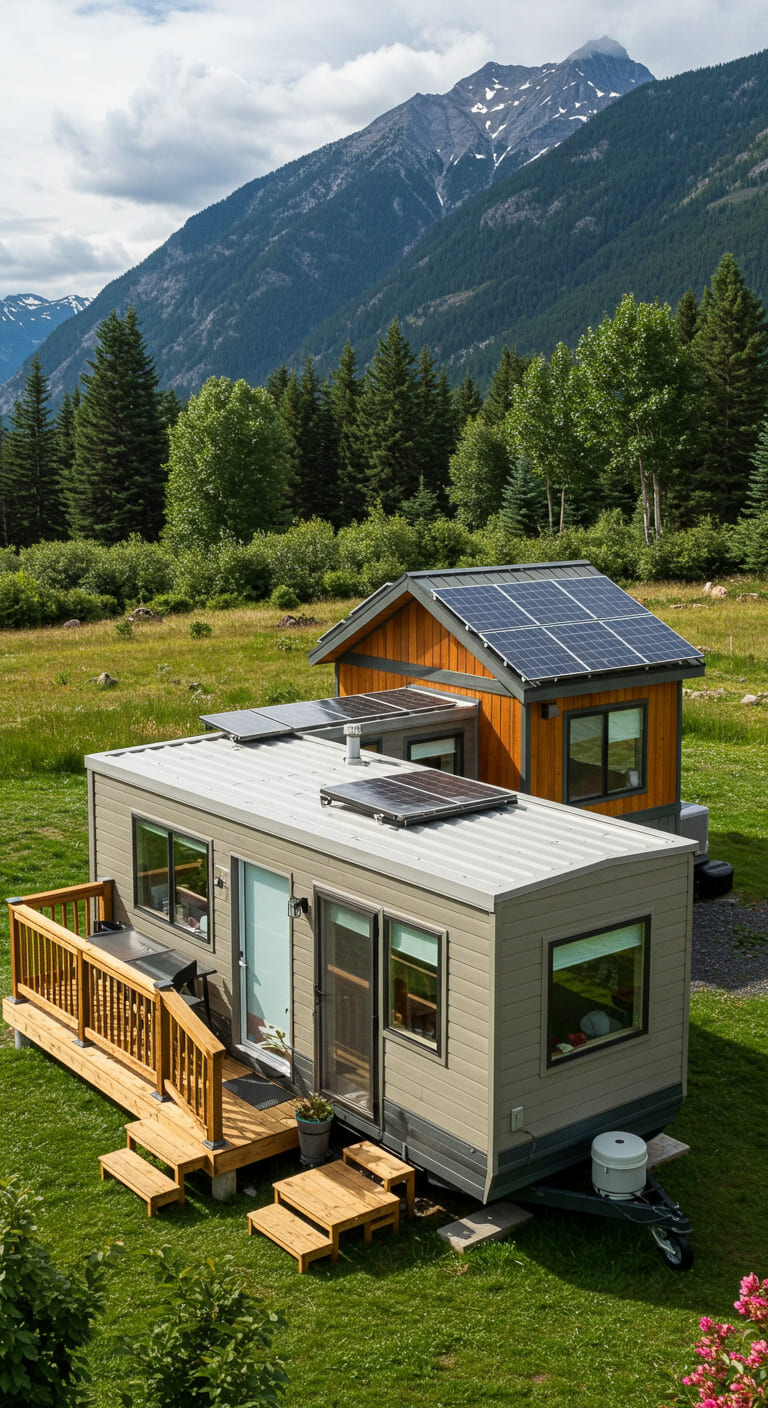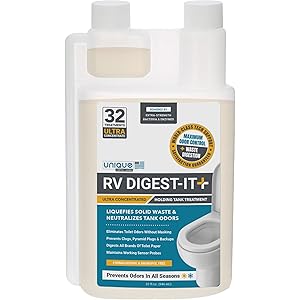As a long-time mobile home owner, I’ve often found myself grappling with the unique challenges that come with this style of living. One of the most pressing issues is ensuring that my home is well-insulated, especially regarding the skirting. If you’ve ever felt a draft or noticed your energy bills creeping up, you know what I mean. Insulating your mobile home skirting isn’t just about comfort; it’s about protecting your investment and enhancing energy efficiency. Join me as I delve into the best ways to insulate mobile home skirting, providing you with practical tips and insights.
Understanding Mobile Home Skirting
Before we jump into the methods of insulation, let’s clarify what mobile home skirting is. Skirting is the material that encloses the space between the bottom of your mobile home and the ground. It serves multiple purposes, including:
- Preventing animals from nesting underneath.
- Protecting plumbing and wiring from the elements.
- Improving aesthetics.
- Providing insulation to the underside of the home.
Without adequate skirting insulation, you risk higher heating and cooling costs and potential damage to your home. This realization has led me to explore various insulation techniques.
The Importance of Proper Insulation
According to the U.S. Department of Energy, mobile homes often have insulation levels below what is considered adequate for energy efficiency. Homes built before 1976 typically have minimal insulation, leading to significant heat loss in winter and heat gain in summer. This situation results in increased energy costs—up to 30% more than properly insulated homes.
By insulating your mobile home skirting, you can:
- Improve energy efficiency, leading to lower utility bills.
- Enhance comfort by maintaining a consistent indoor temperature.
- Protect your plumbing from freezing in winter.
- Extend the lifespan of your mobile home.
Choosing the Right Insulation Material
There are several insulation materials available, each with its own set of advantages and disadvantages. Here’s a breakdown of the most common types:
1. Foam Board Insulation
Foam board insulation is one of the most effective methods for insulating mobile home skirting. It’s lightweight, easy to install, and provides excellent thermal resistance. I personally favor this option because:
- It’s moisture-resistant, preventing mold and decay.
- It can be easily cut to fit the specific dimensions of your skirting.
- It comes in various thicknesses, allowing for customization based on climate needs.
2. Spray Foam Insulation
Spray foam insulation is another high-performance option that expands upon application, filling gaps and providing a strong air seal. While it can be pricier than foam boards, its effectiveness in preventing air leaks makes it worthwhile. My experience has shown that:
- It adheres well to various surfaces.
- It provides a high R-value per inch, making it an efficient insulator.
- It acts as a barrier against moisture and pests.
3. Fiberglass Insulation
Fiberglass insulation is a traditional choice that is widely available and cost-effective. However, I’ve found it less effective in mobile home skirting due to its tendency to absorb moisture. Here are some pros and cons:
- Pros: Cost-effective, easy to install, and widely available.
- Cons: Less effective in high-moisture environments, can sag over time.
Insulation Installation Techniques
Now that we’ve covered the types of insulation, let’s discuss installation techniques. Proper installation is crucial for maximizing the benefits of insulation.
Preparing the Area
Before you start installing insulation, it’s essential to prepare the skirting area:
- Clear any debris or vegetation around the skirting.
- Inspect for any damage or leaks that need repairs.
- Ensure that ventilation is adequate to prevent moisture buildup.
Installation Steps for Foam Board Insulation
Here’s a step-by-step guide to installing foam board insulation:
- Measure the height and width of each skirting panel.
- Cut the foam boards to fit, allowing for slight overlaps.
- Secure the boards to the skirting using construction adhesive or screws.
- Seal gaps with weatherproof tape or spray foam for added insulation.
Installation Steps for Spray Foam Insulation
For spray foam insulation, follow these steps:
- Ensure the area is clean and dry.
- Shake the spray foam canister as per the manufacturer’s instructions.
- Apply the spray foam evenly across the skirting area, filling gaps and crevices.
- Allow the foam to expand and cure according to the product guidelines.
Additional Tips for Effective Insulation
Here are some additional tips that I’ve found beneficial for ensuring effective insulation of mobile home skirting:
- Consider installing a vapor barrier to prevent moisture accumulation.
- Use caulking or weather stripping to seal any gaps in the skirting.
- Check insulation regularly, especially after extreme weather conditions.
- Consider the climate when selecting insulation thickness—thicker insulation is typically better for colder climates.
Case Study: My Insulation Experience
To illustrate the effectiveness of proper insulation, let me share my personal experience. A few years ago, I decided to insulate my mobile home skirting using foam board insulation. Initially, I was skeptical about whether the investment would pay off. However, after completing the installation, I noticed a significant difference in my energy bills during the winter. My heating costs were reduced by nearly 25%, and the comfort level in my home improved dramatically.
This experience reinforced my belief that investing time and resources into proper insulation pays off in the long run. It’s not just about comfort; it’s about enhancing the value of your home.
Frequently Asked Questions (FAQ)
1. How often should I check my mobile home skirting insulation?
I recommend checking your insulation at least once a year, preferably before the winter season. Look for signs of wear, moisture, or pest intrusion.
2. Can I insulate my mobile home skirting myself?
Yes! Many homeowners choose to insulate their skirting themselves. With the right materials and tools, it can be a straightforward DIY project. Just ensure you follow safety precautions and guidelines.
3. What is the best insulation material for a hot climate?
If you live in a hot climate, consider using foam board insulation. It provides excellent thermal resistance and helps keep your home cooler.
Conclusion
Insulating your mobile home skirting is an essential step toward creating a comfortable and energy-efficient living space. By choosing the right materials and following proper installation techniques, you can significantly reduce energy costs and protect your home from the elements. My journey has taught me that investing in insulation is not just about immediate comfort; it’s about long-term savings and the overall health of your home. I encourage you to take action today—explore the insulation options that work best for your situation and enjoy the benefits of a well-insulated mobile home. If you found this article helpful, please share it with friends and family, and consider signing up for our newsletter for more tips and tricks!
Unique RV Digest-It Ultra RV Toilet Treatment, 32 Uses, Super Concentrated - Eliminates Smells and Liquifies Waste, Easy-Measure Extra-Strength Preventive Bio-Enzymatic Holding Tank Treatment (32 oz)
$20.25 (as of November 13, 2025 07:53 GMT -03:00 - More infoProduct prices and availability are accurate as of the date/time indicated and are subject to change. Any price and availability information displayed on [relevant Amazon Site(s), as applicable] at the time of purchase will apply to the purchase of this product.)
Sign up for our newsletter and stay up to date with exclusive news
that can transform your routine!





